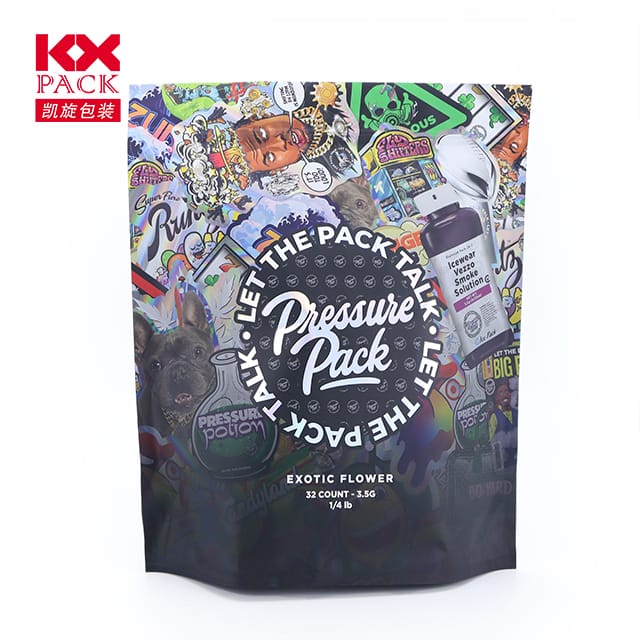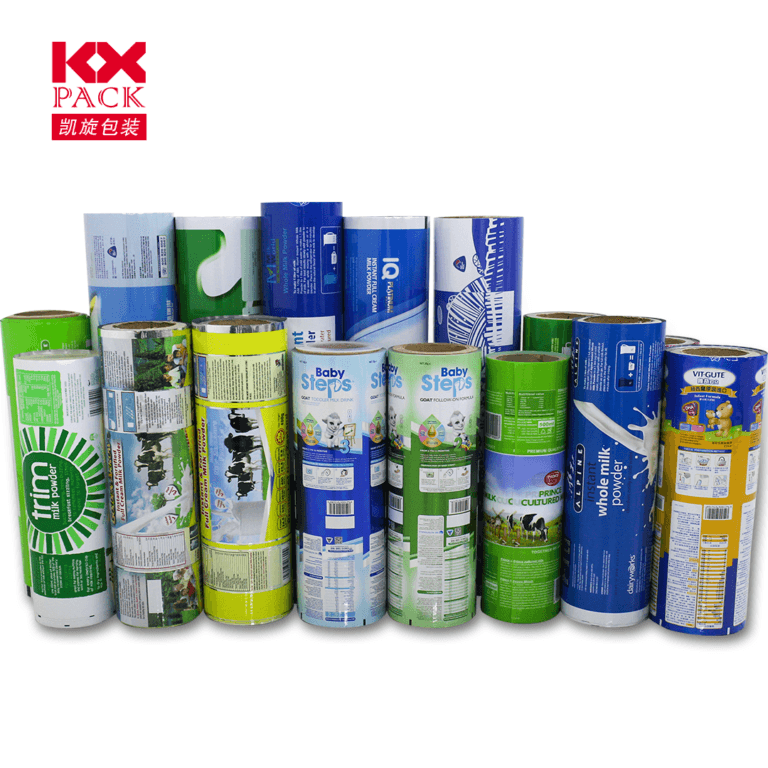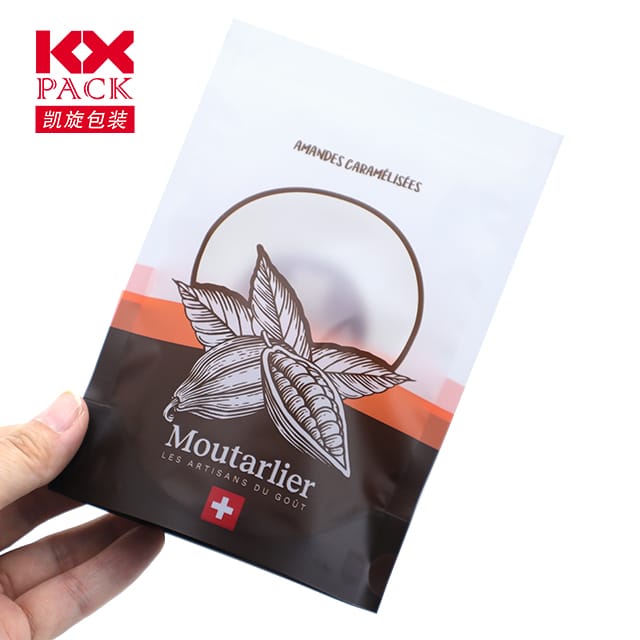Peranan dan inovasi filem pembungkusan plastik dalam industri moden (5)
Filem pembungkusan plastik
In today’s fast-paced consumer world, plastic packaging films are ubiquitous yet often overlooked. Dari melindungi hasil segar untuk memelihara elektronik, ini nipis, Bahan fleksibel memainkan peranan penting dalam melindungi produk, memanjangkan hayat rak, dan mengurangkan sisa. Namun begitu, Sebagai kebimbangan alam sekitar gunung, Industri ini berkembang untuk mengimbangi fungsi dengan kemampanan. Let’s explore the science, aplikasi, and future of plastic packaging films.
What Are Plastic Packaging Films?
Plastic packaging films are lightweight, versatile materials made from polymers such as polyethylene (PE), polipropilena (PP), polyvinyl chloride (PVC), atau poliester (PET). They can be transparent or opaque, single-layered or multi-layered, and engineered with additives for specific properties like UV resistance, halangan kelembapan, or anti-static coatings.
Key characteristics include:
- Flexibility: Adapts to irregular shapes (Mis., wrapping fresh meat or confectionery).
- Barrier Properties: Prevents oxygen, wap air, or odors from compromising products.
- Keberkesanan kos: Cheaper to produce and transport than rigid packaging.
- Printability: Supports branding with high-quality graphics.
Common Applications Across Industries
- Makanan & Minuman
- Fresh produce: Stretch films maintain freshness by reducing air exposure.
- Makanan ringan: Laminated films with aluminum layers block light and oxygen to prevent rancidity.
- Ready-to-eat meals: High-barrier films protect against contamination and extend shelf life.
- Farmaseutikal
- Pek lepuh: Thermoformed films ensure tamper-evidence and precise dosage control.
- Medical devices: Sterile packaging films meet stringent hygiene standards.
- Barang pengguna
- Elektronik: Anti-static films shield delicate components from electrostatic discharge.
- Kosmetik: Multi-layered films combine moisture resistance with luxurious aesthetics.
- Perindustrian
- Pallet wrapping: Stretch films secure goods during transit, reducing damage risks.
- Pembinaan: Protective films shield surfaces like glass or metal from scratches.
Environmental Challenges and Solutions
While plastic films offer undeniable benefits, their single-use nature has raised alarms about pollution and landfill waste. The industry is responding with innovative solutions:
- Filem Biodegradable dan Compostable
- Made from plant-based polymers (Mis., Asid polylactic, or PLA), Filem -filem ini memecah secara semula jadi dalam keadaan tertentu.
- Contoh: PLA films used for fresh salads decompose in industrial composting facilities.
- Filem kandungan kitar semula
- Post-consumer dikitar semula (PCR) materials reduce reliance on virgin plastics.
- Challenges include maintaining performance while incorporating recycled resins.
- Teknologi Kitar Semula Lanjutan
- Chemical recycling breaks down plastics into their original monomers for reuse, enabling infinite recycling loops.
- Companies like Eastman and BASF are investing heavily in this space.
- Lebih nipis, Filem yang lebih ringan
- Down-gauging reduces material use without sacrificing strength.
- Contoh: High-performance polyethylene films that are 50% thinner yet stronger than traditional options.
The Future of Plastic Packaging Films
As regulations tighten (Mis., Arahan Plastik Single-Gunakan EU), the industry is pivoting towardModel Ekonomi Pekeliling. Trend utama termasuk:
- Filem pintar: Embedded sensors monitor food freshness or product integrity in real time.
- Edible Films: Made from natural ingredients like starch or proteins, these films eliminate waste entirely.
- Sistem yang boleh diguna semula: Brands like Loop are trialing durable, refillable containers lined with recyclable films.
Consumer Tips: Making Sustainable Choices
- Look for certifications: Opt for films labeled “compostable” (Mis., OK Compost HOME) or “recyclable” (check local facilities).
- Reduce waste: Reuse packaging for storage or crafts before recycling.
- Support brands: Choose companies committed to sustainable packaging innovations.
Kesimpulan: Mengimbangi keseimbangan
Plastic packaging films are indispensable in modern supply chains, but their environmental impact demands urgent action. Dengan memeluk bahan biodegradable, recycling innovations, and smarter designs, the industry can protect both products and the planet.
What’s your take on plastic packaging films? Share your thoughts or questions in the comments below—let’s drive the conversation toward a greener future! 🌍📦
Kata kunci: plastic packaging films, sustainable packaging, biodegradable films, recycled content, Pembungkusan makanan, industrial films.







